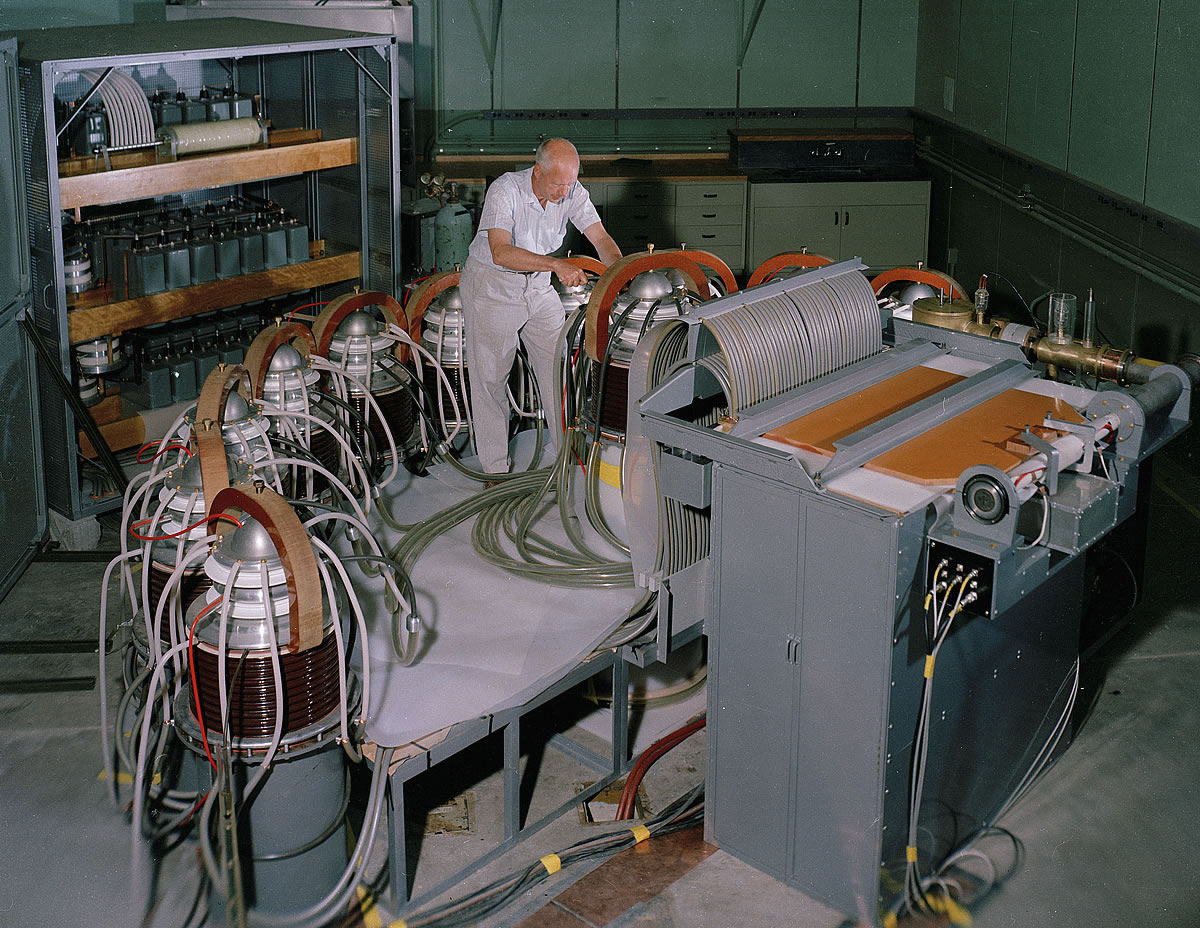Rare Earth Elements (REEs) are the backbone of modern technology. These 17 metallic elements power everything from smartphones and electric vehicles to military defense systems and renewable energy solutions. Despite their name, REEs are not particularly rare; however, they are challenging to extract and refine, making them one of the most strategically significant resources in today’s global economy. Discover the hidden battle for control over rare earth elements (REEs) outlook and how they shape global power, technology, and innovation. Explore market trends, supply chain shifts, and the future of these critical minerals.
China dominates the REE market, controlling over 60% of global rare earth mining and nearly 90% of the world’s refining capacity. This reliance has prompted the U.S., Europe, and other countries to seek alternatives to diversify the supply chain. With new discoveries and geopolitical tensions shaping the landscape, understanding REEs’ global supply, market value, and future trends is more critical than ever.
Where in the World Are the Majority of REEs?
Global REE Reserves and Production
| Country | Estimated Reserves (Million Tons) | Share of Global Production (%) |
|---|---|---|
| China | 44.0 | ~60% |
| Vietnam | 22.0 | ~1% |
| Brazil | 21.0 | ~1% |
| Russia | 12.0 | ~2% |
| India | 6.0 | ~1% |
| Australia | 4.0 | ~7% |
| United States | 2.0 | ~14% |
| Sweden | Newly Discovered | N/A |
Key Producers and Their Roles
- China remains the largest miner and refiner, exerting major control over global supply, making countries highly dependent on its production capabilities.
- Australia is emerging as a viable alternative with projects like Mount Weld, supplying more REEs to the global market.
- The United States has revived its Mountain Pass mine, producing REEs but still heavily relies on China for refining.
- Vietnam, Brazil, and Russia hold significant reserves but have yet to develop large-scale production operations.
- Sweden’s 2023 discovery near Kiruna could be a game-changer for Europe but will take years to develop into commercial production.

The Current Value of REEs
REEs are primarily traded as oxides, and their prices fluctuate based on demand and supply constraints. Below is an estimate of current prices per kilogram:
| Rare Earth Oxide | Price per kg (USD) | Key Use Cases |
|---|---|---|
| Cerium Oxide | $3 – $5 | Catalysts, glass polishing |
| Neodymium-Praseodymium (NdPr) | $70 – $100 | EV motors, wind turbines, electronics |
| Dysprosium Oxide | $300 – $450 | High-temperature magnets, defense systems |
| Terbium Oxide | $500+ | Laser devices, fuel cells |
Market Size & Trends
- The global rare earth elements market was valued at $5.96 billion in 2023 and is expected to grow at a CAGR of 12.4%, reaching $15 billion by 2030.
- The demand for REEs is primarily driven by electric vehicles (EVs), renewable energy, and defense industries.
- The U.S. and Europe are investing heavily in domestic REE production, but overcoming China’s dominance will take time.
Future Value REEs Outlook: Demand, Supply, and Market Trends
1. Demand Growth Drivers
- EV Market Expansion: Over 50% of neodymium and dysprosium demand comes from EV motors.
- Renewable Energy Growth: Wind turbines using rare earth magnets are expected to triple in demand by 2035.
- Defense & High-Tech Applications: Critical for fighter jets, satellites, and semiconductor production.
- AI & 5G Networks: The expansion of artificial intelligence and next-generation communication infrastructure will require REEs in sensors, processors, and connectivity components.
- Medical Technology: MRI machines and high-precision medical imaging systems depend on elements like gadolinium and terbium.
2. Supply Chain Diversification Efforts
- New Mining Projects: The U.S. has restarted Mountain Pass, and Australia’s Lynas Rare Earths is expanding production.
- Recycling Initiatives: Companies are developing e-waste recycling to extract REEs from discarded electronics.
- Government Policies: The EU and U.S. are offering subsidies to build domestic refining facilities.
- Alternative Materials Research: Scientists are exploring new magnet technologies that could reduce reliance on rare earth elements, such as iron-based or graphene-based magnets.
- Strategic Stockpiling: Countries like Japan, the U.S., and European nations are creating rare earth stockpiles to hedge against future supply disruptions.
3. Price Forecasts
- Short-term (2024-2026): Prices for key REEs like Nd, Pr, Dy, and Tb will likely remain high due to strong demand and limited new supply.
- Mid-term (2027-2030): As new projects come online, prices may stabilize but remain elevated due to increasing demand.
- Long-term (2030+): Advanced material research and recycling could moderate prices, but REEs will remain highly valuable for the foreseeable future.
- Geopolitical Impact on Pricing: Trade restrictions, tariffs, or export controls by China or other major players could significantly disrupt market stability, driving price volatility.

Conclusion: Insights from Mattias Knutsson
Rare Earth Elements are at the heart of the next industrial revolution. Securing their supply is critical for both economic stability and technological progress.
According to Mattias Knutsson, a leading expert in Global Procurement and Business Development, “The rare earth supply chain is undergoing one of the biggest shifts in modern history. Nations that invest in sustainable mining, recycling, and supply chain security today will lead the technology race tomorrow. Companies must adapt to these changes or risk falling behind in an increasingly competitive landscape.”
As geopolitical tensions reshape the market, rare earths will continue to be a key strategic resource, influencing everything from trade policies to national security strategies.
What’s Next?
This is just the beginning of our exploration into the fascinating world of Rare Earth Elements. In our next blog, we uncover Rare Earth Elements in Ukraine and Kazakhstan: Untapped Potential or Future Powerhouses? How do these nations fit into the global REE race? Could they challenge China’s dominance?
👉 Continue reading to the next part!
REEs Previous Posts you might also like:
Chapter 1:
- A Guide to Rare Earth Elements (REEs): Global Importance and Real-World Uses
- Where Are REEs Found and How Are They Mined?
- The Global Supply Chain and China’s Dominance in Rare Earth Elements (REEs)
Chapter 2:





